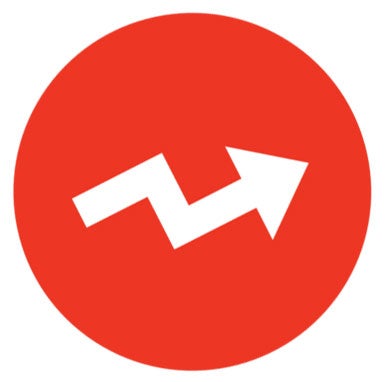As BuzzFeed struggles with advertiser uncertainty and a drop in user engagement, it reported flat Q3 ad revenue.
Total revenues were $104 million, up 15% YoY, and in line with its expectations.
Advertising revenue was $50 million, matching last year’s Q3. Ad revenue growth decelerated compared to Q2, “driven by ongoing price compression and uncertainty around consumer demand,” said BuzzFeed CFO Felicia DellaFortuna.
Time spent across the publisher’s owned and operated properties, as well as third-party platforms, decreased 32% YoY to 151 million hours. That downturn was “driven by declining Facebook traffic, as short-form vertical video formats continue to gain audience share,” DellaFortuna said. Though BuzzFeed plans to capitalize on the vertical video trend, it’s still early days for the publisher’s vertical video efforts.
Advertising revenue from content monetization on platforms like Facebook accounts for 20% of BuzzFeed’s total ad revenue, DellaFortuna said.
In terms of ad spending, BuzzFeed saw strength from the financial services, toys and travel verticals, said BuzzFeed CEO Jonah Peretti.
But while BuzzFeed’s larger advertising partners are renewing at a 90% rate, they are spending less. Spending by consumer packaged goods (CPG), retail, tech and telco advertisers declined from the previous year, DellaFortuna said.
Commerce and other revenue, including affiliate sales, product licensing and live events, totaled $15 million, up 12% YoY.
Sponsored content was BuzzFeed’s biggest revenue stream for the quarter, accounting for $38.4 million, up 45% YoY. That includes revenues from branded quizzes and Instagram takeovers, as well as short-form and long-form video.
However, sponsored content revenue also decelerated compared to Q2, “as macro constraints on ad budgets drove lower demand for branded content,” DellaFortuna said.
Because vertical video continues to increase its attention share across platforms, BuzzFeed is bullish about its vertical video offerings. It published 5,000 videos across Instagram Reels, YouTube Shorts and TikTok this quarter, which was more than double last year’s total. And vertical video views across all platforms grew 60% compared to Q2.
“We are well positioned to monetize these newer formats over time,” DellaFortuna said (the key phrase there being “over time”).
While audience time spent on vertical video may be on the rise, that time is not reflected in the 151 million engaged hours BuzzFeed reported for Q3, because that figure does not include engagement on TikTok or Instagram Reels.
Looking ahead to Q4, BuzzFeed is seeing a “muted” seasonal lift compared to historic numbers, DellaFortuna said.
“It is clear that advertisers are continuing to exercise caution around spending as a function of strong macroeconomic headwinds,” she said. “Clients are looking to transact on a shorter sales cycle in order to maintain flexibility in their budgets.”
Because of the long lead time required to deliver original branded content compared to traditional display or pre-roll ads, content revenue will be more affected than display and video revenue, DellaFortuna said.
Inflation and open questions about how much consumers will spend during the holiday season are two of the biggest sources of advertiser uncertainty heading into Q4, Peretti said.
“The message for next year that I hear from a lot of our [advertiser] partners is, ‘We want to see what’s going on with the economy [and] get a sense of how all this stuff’s going to shake out,’” Peretti said.
As of right now, the outlook isn’t great. “While we cannot predict the future, we are preparing for a further deterioration in the macro environment,” DellaFortuna said.















